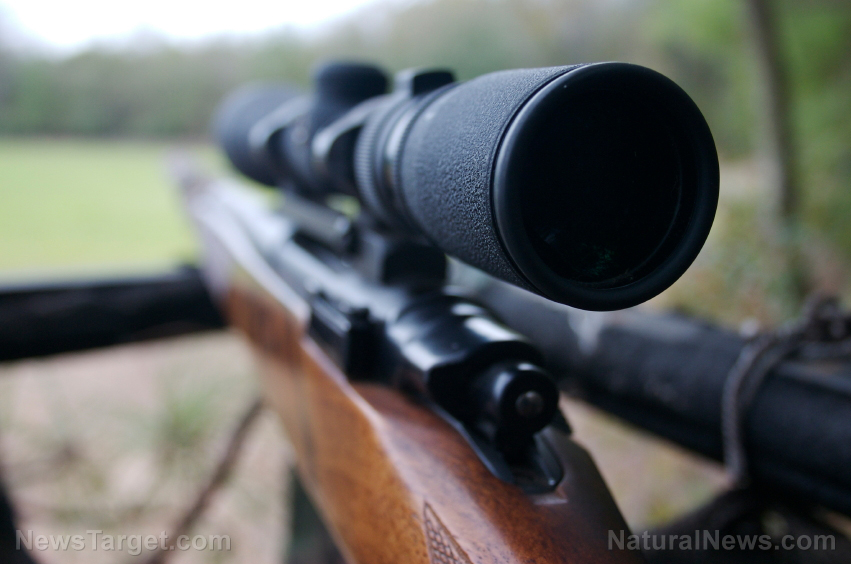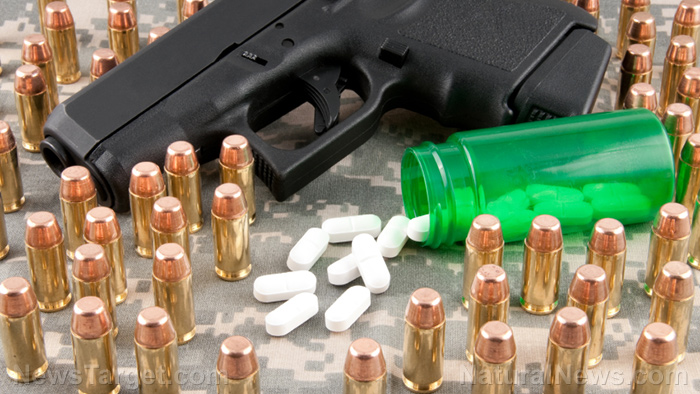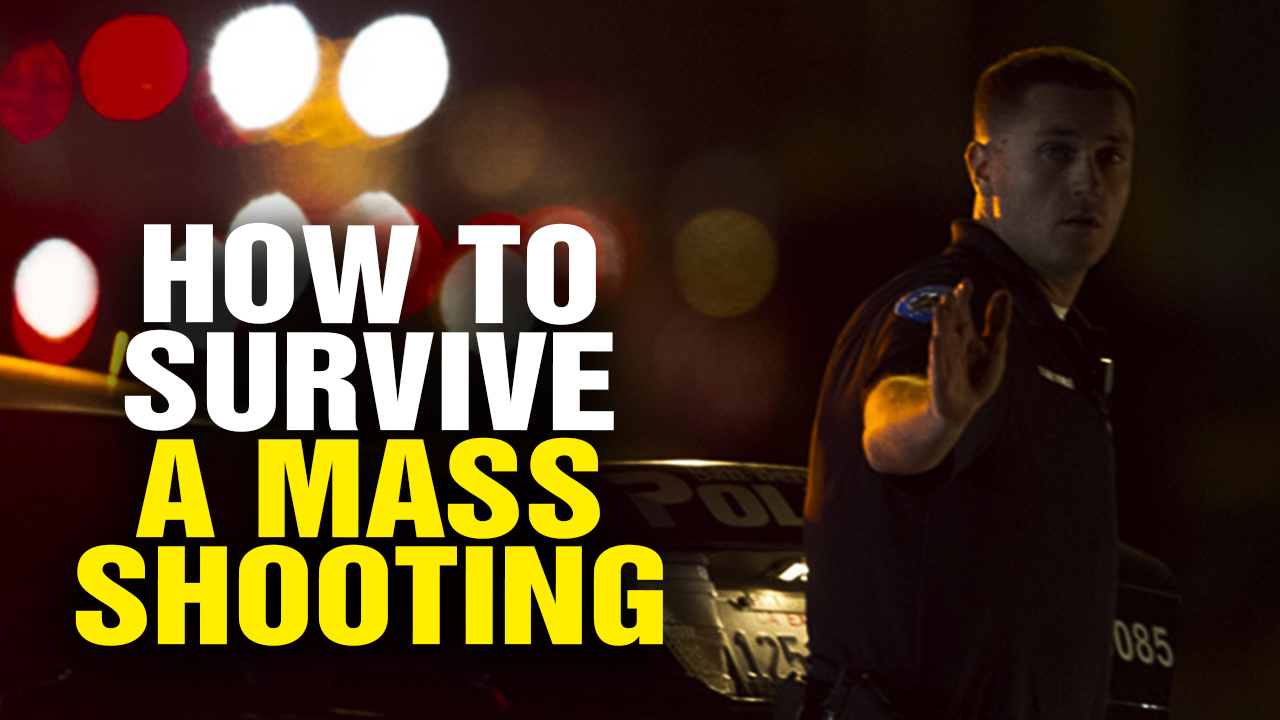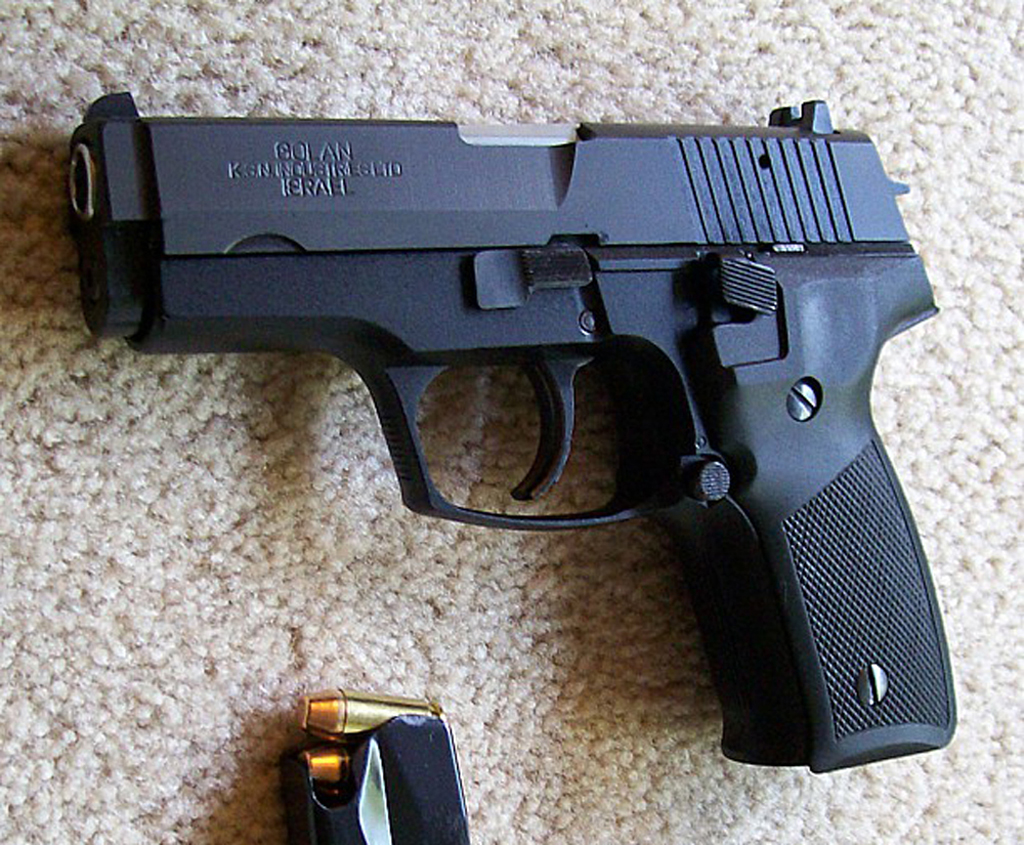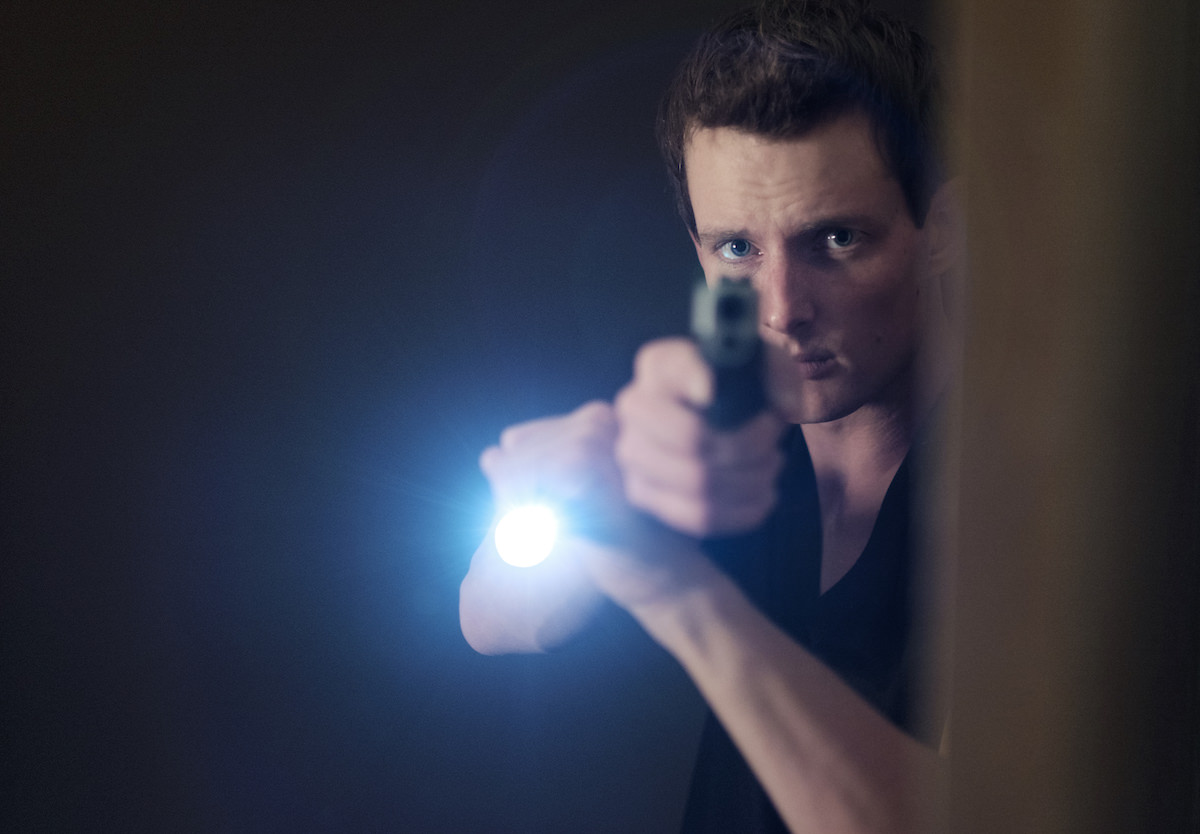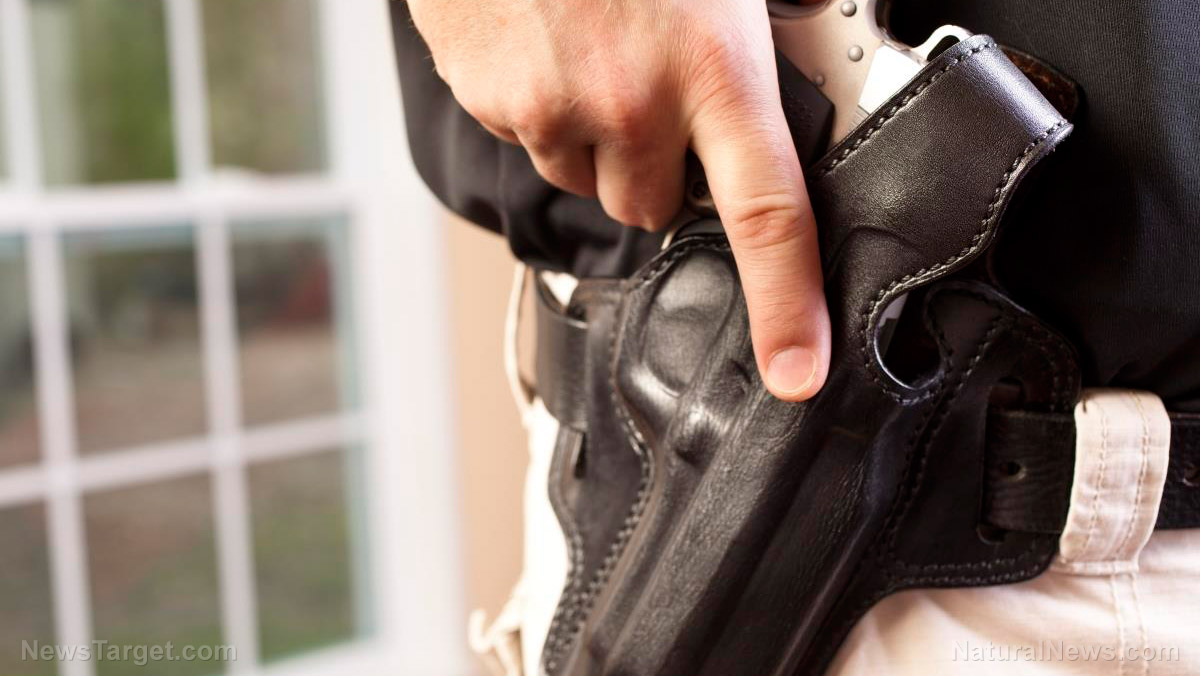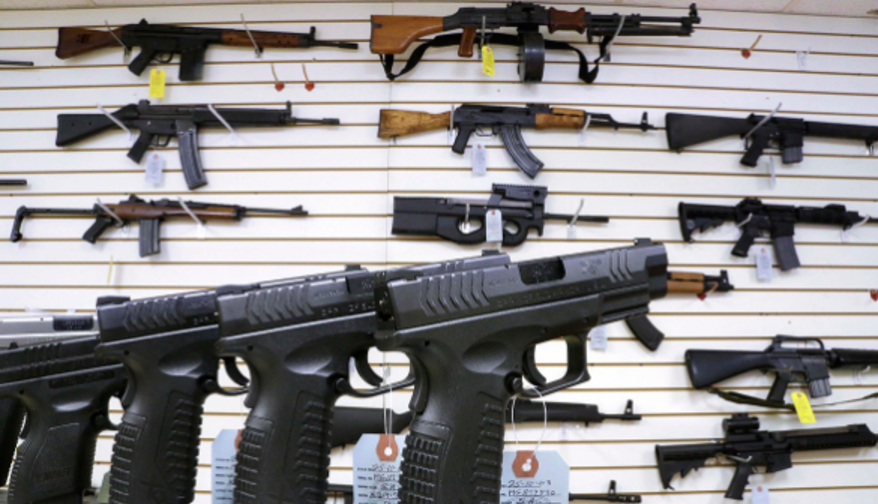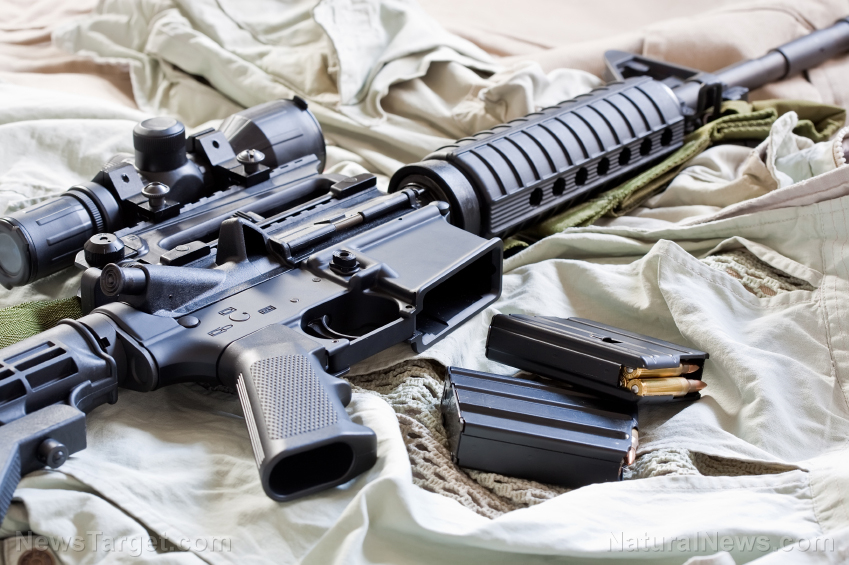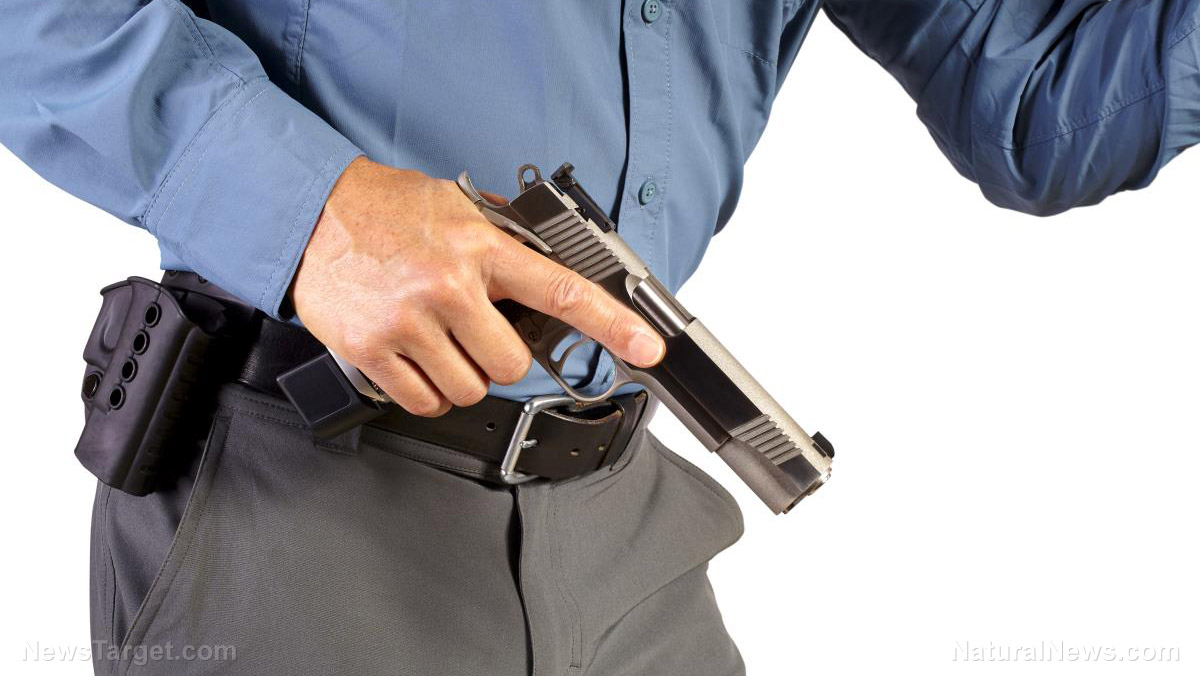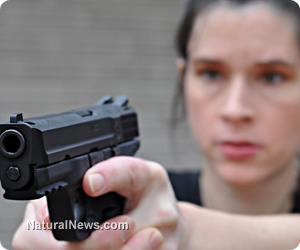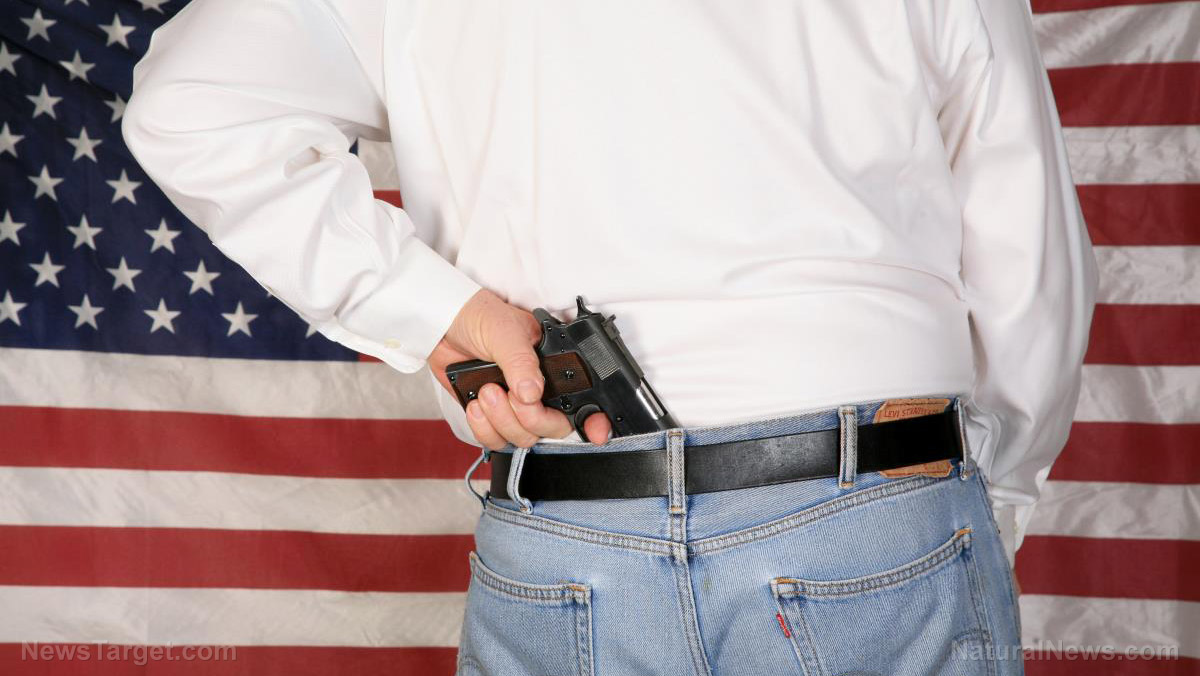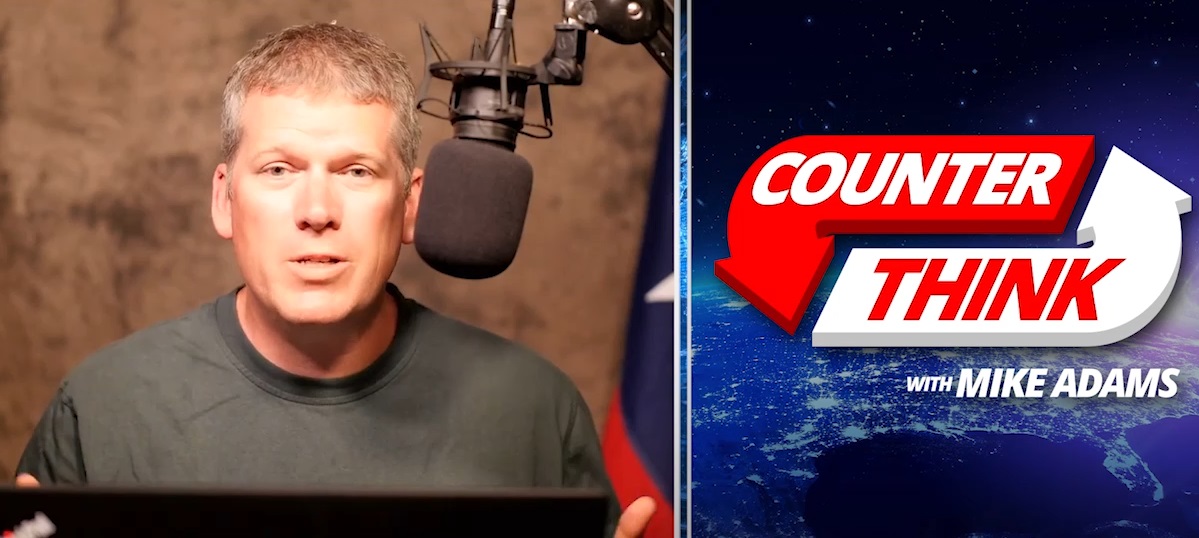Whether you’re at the range, out hunting, or in a self-defense situation, there’s a science and an art to firing accurate shots. Several biological and mental factors are at play leading up to the trigger pull. Knowing how to control certain biological factors helps determine an accurate shot. Each person and situation is different, but some factors are constant.
When it comes time to pull the trigger, the body goes through several changes, including increased heart rate and brain activity. A lot of information is being processed in a short amount of time as you sight in your target. Your decision-making and ability to aim accurately can be negatively effected by many factors, ranging from high stress self-defense situations to psychiatric drug impairment. This is why practice is important, as is maintaining your health. (Related: Stay up-to-date on gun control issues.)
One basic factor to consider is your dominant shooting eye. When you practice shooting, learn which eye is dominant. You might think that it’s best to pull the trigger with your dominant hand, but it’s actually more important to use your dominant eye first and then align the trigger hand secondly. This is where optimal hand-eye coordination comes into play. Always lead with your dominant eye and not your dominant hand. Most importantly, practice in the position that is most comfortable to you.
Experts have determined that nearsighted shooters are more accurate shooters. This is why it’s more beneficial to focus on the sights instead of the target. This may go against your natural inclination, but you’ll be more accurate if you line up the shot and keep your focus on the sights first and foremost.
As you pull the trigger, natural feel-good chemicals are released from the brain. This release of dopamine and endorphins is the reason why shooting makes you feel so excited and alert. The rush that comes from shooting is addictive in its own unique way and serves as a wonderful stress relief therapy. Research shows that brain waves are positively affected when you shoot a firearm.
Likewise, the more you shoot, the more your brain shows alpha wave activity. As this intuitive right-brain activity increases, the body relaxes, making you a more accurate shooter over time. The more you practice, the better prepared your brain activity will be, helping you relax. When it comes to brain chemicals, shooting should also be a sober experience. It is not safe to artificially alter your brain’s state. Psychiatric drugs such as SSRIs impair the brain, increasing impulse behaviors and loss of concentration.
The heart rate naturally increases before and after you pull the trigger. Learning to control the heart rate and breathing pattern is essential to good marksmanship. The most accurate shooters know how to control their heart beat at an increase between 8 and 20 beats per minute. The best shooters also pull the trigger in between heart beats.
Shooting a firearm is physical exercise too. An hour at the range will typically burn 148 calories. The recoil of firearms varies and may require physical training. Certain exercises can help you increase control over the firearm and help you develop better reactions. In a life-and-death self-defense scenario, knowing how to control adrenaline is something that comes from experience and may increase your chances of success. Keeping a level head is essential in a high stress situation but it requires one’s conscious control over their fight-or-flight response. (RELATED: For more articles on firearms, check out Guns.News)
Sources include:
GunShowTrader.com
GunShowTrader.com




